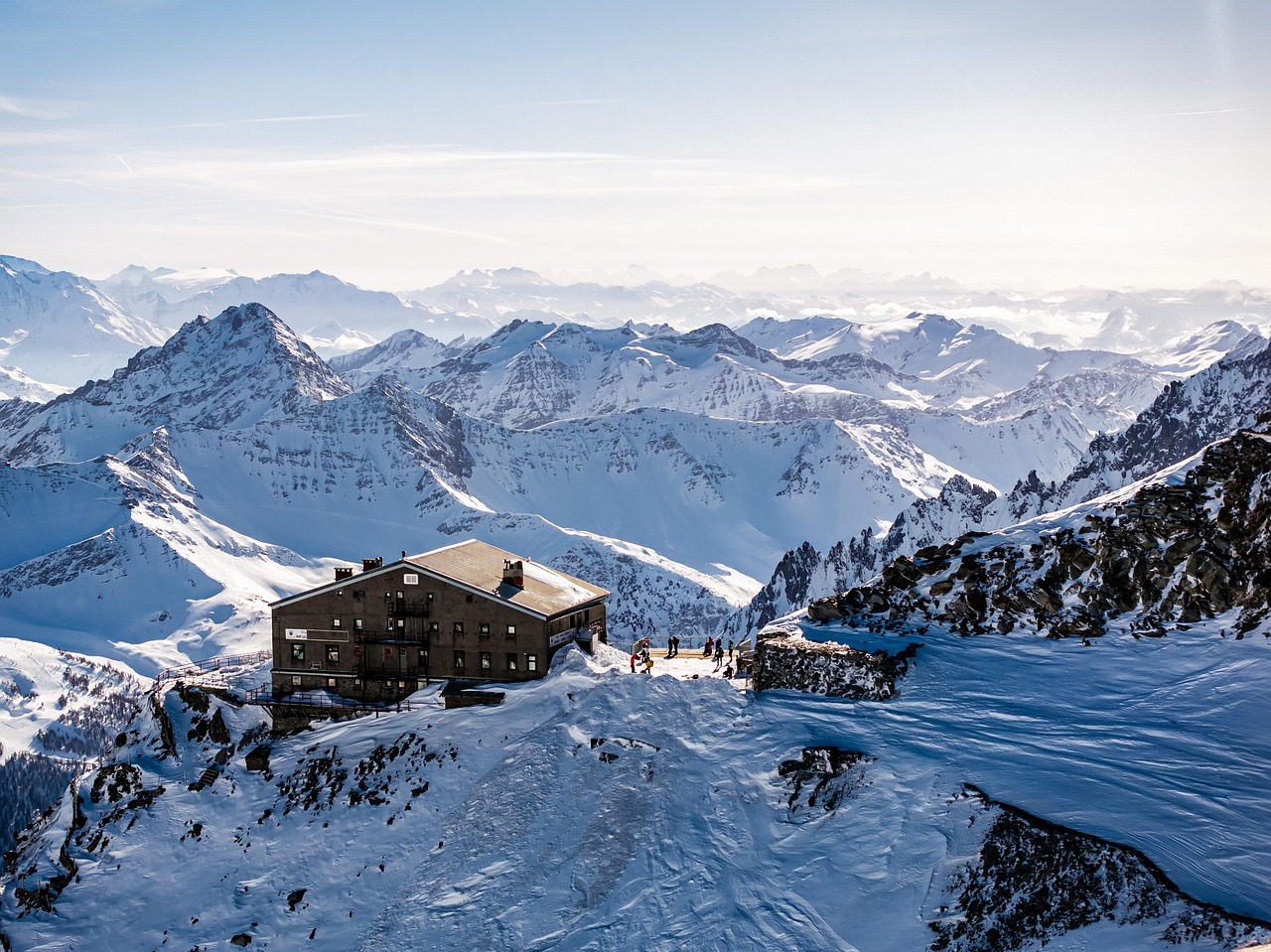This article delves into the enchanting beauty and rich cultural heritage of Darjeeling, a prominent hill station in India, often referred to as the Queen of the Hills. Nestled in the foothills of the majestic Himalayas, Darjeeling is a destination that captivates visitors with its breathtaking landscapes, vibrant culture, and historical significance.
The Scenic Beauty of Darjeeling
Darjeeling is renowned for its stunning landscapes. The lush green tea gardens, interspersed with vibrant flowers, create a picturesque setting that is truly a visual paradise. The panoramic views of the Himalayas, particularly the majestic Kanchenjunga, offer a breathtaking backdrop that attracts nature lovers and photographers from around the globe.
The Rich History of Darjeeling
Understanding the historical significance of Darjeeling reveals its evolution from a small settlement to a major hill station during British colonial rule. The British established Darjeeling as a summer retreat, leading to the development of various infrastructures that contribute to its unique identity today.
- Colonial Era: The 19th century saw the transformation of Darjeeling, with the establishment of schools, churches, and bungalows that reflect its colonial past.
- Architectural Heritage: Visitors can admire stunning colonial-era architecture that showcases the town’s historical significance.
- Historical Landmarks: Key landmarks like the Darjeeling Himalayan Railway offer insights into the town’s rich history.
Modern-Day Darjeeling
Today, Darjeeling blends tradition with modernity, attracting visitors with its unique charm while preserving its historical essence. The vibrant markets and local culture continue to thrive, making it a lively destination.
The Tea Culture of Darjeeling
Renowned for its world-class tea, Darjeeling’s tea gardens are a significant part of the local culture. The distinct flavors of Darjeeling tea, categorized into first flush, second flush, and autumnal, highlight the region’s unique climatic conditions and cultivation practices.
Conclusion: Darjeeling’s Timeless Charm
With its blend of natural beauty, rich history, and cultural diversity, Darjeeling continues to captivate visitors, solidifying its reputation as the Queen of the Hills and a must-visit destination in India.
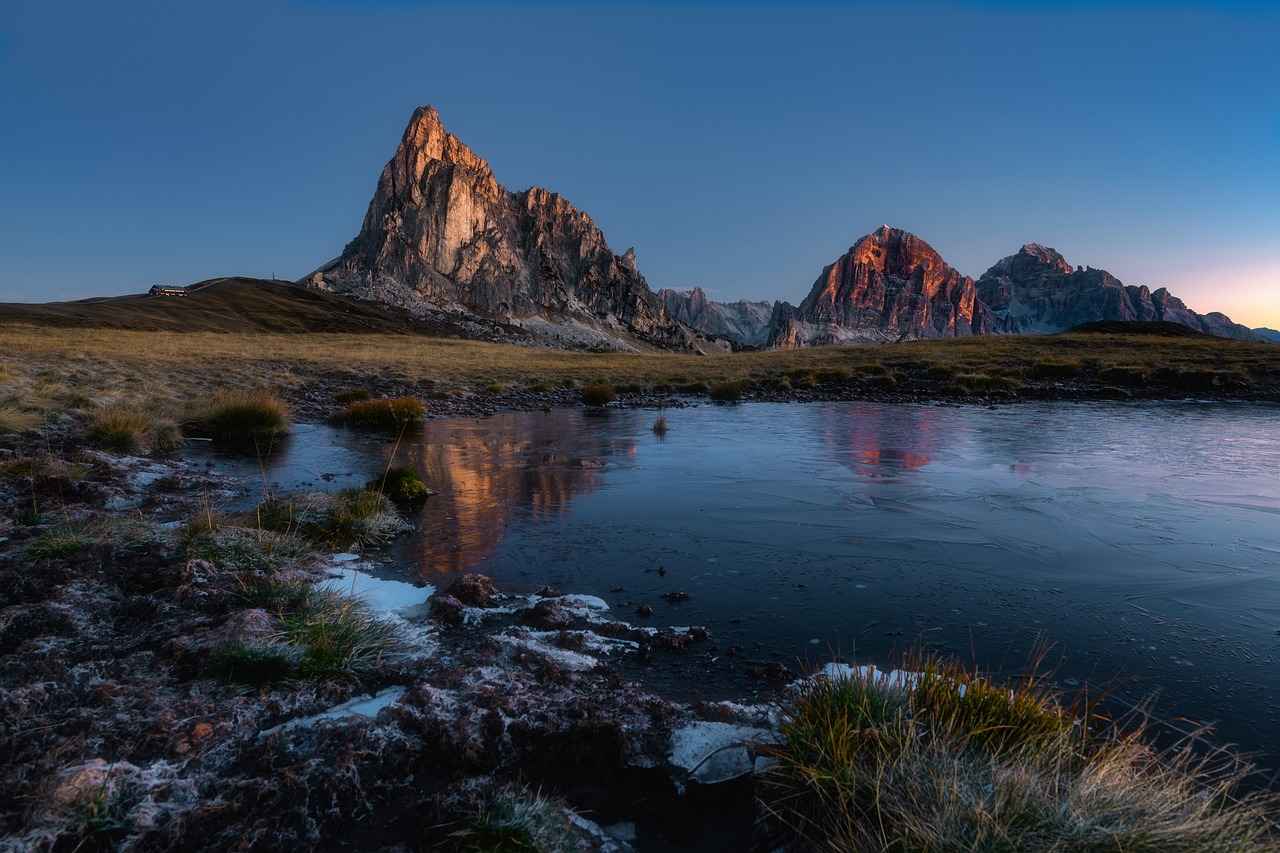
The Scenic Beauty of Darjeeling
Darjeeling, often revered as the Queen of the Hills, is a breathtaking hill station in India that offers a mesmerizing tapestry of natural beauty. Nestled in the eastern Himalayas, this enchanting destination is famous for its lush tea gardens, vibrant landscapes, and stunning panoramic views of the majestic Himalayas. The combination of rolling hills, terraced plantations, and vibrant flora creates a visual paradise that captivates both tourists and nature lovers alike.
The scenic beauty of Darjeeling is not just a backdrop; it is an integral part of the experience. Visitors can explore the famous Darjeeling Tea Gardens, where the verdant rows of tea bushes stretch as far as the eye can see. The rich aroma of tea leaves fills the air, and the sight of local workers carefully plucking the leaves adds to the charm of the landscape. These gardens, often set against the backdrop of snow-capped peaks, are a photographer’s dream, providing countless opportunities to capture the essence of this beautiful region.
Moreover, the panoramic views from various vantage points, such as Tiger Hill, offer breathtaking sunrises that illuminate the surrounding mountains, creating a spectacular play of colors. The golden rays of the sun reflecting off the snow-covered peaks of Kanchenjunga, the third-highest mountain in the world, are a sight to behold. This natural wonder draws visitors from around the globe, making it a must-visit spot for anyone seeking to experience the beauty of Darjeeling.
In addition to its tea gardens and mountain views, Darjeeling is home to a diverse range of flora and fauna. The region’s unique climate and geography support a rich biodiversity, including rare species of orchids and the elusive red panda. Nature enthusiasts can explore various trails and parks, such as the Singalila National Park, which is a haven for wildlife observation and trekking.
In conclusion, Darjeeling’s stunning landscapes, characterized by its lush tea gardens and awe-inspiring Himalayan views, create an unparalleled experience for visitors. Whether you are a nature lover, a photography enthusiast, or simply seeking tranquility, Darjeeling offers a visual feast that is hard to forget.
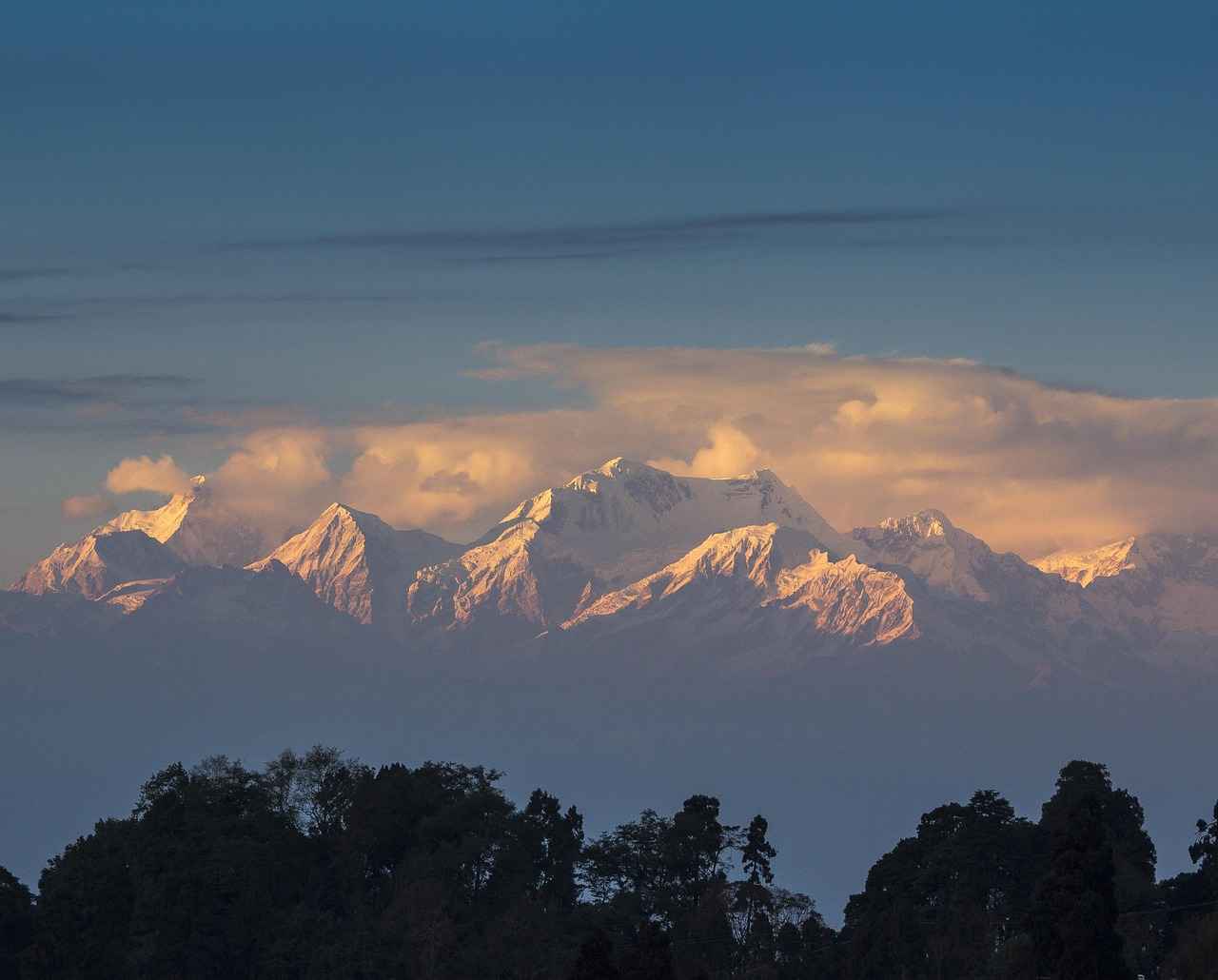
The Rich History of Darjeeling
Understanding the historical significance of Darjeeling reveals its evolution from a small settlement to a major hill station during British colonial rule, shaping its unique identity. The transformation of Darjeeling into a prominent hill station is a fascinating journey that intertwines with the broader narrative of colonial India.
Initially, Darjeeling was a modest settlement inhabited by indigenous tribes. Its strategic location and favorable climate caught the attention of the British in the early 19th century. In 1835, the British East India Company acquired the area, recognizing its potential as a summer retreat from the sweltering heat of the plains. This marked the beginning of a new chapter in Darjeeling’s history.
The British influence profoundly altered the landscape and culture of Darjeeling. They established tea plantations, which not only transformed the local economy but also introduced a unique tea culture that the region is famous for today. The establishment of the Darjeeling Himalayan Railway in 1881, a UNESCO World Heritage Site, further connected the hill station with the rest of India, facilitating tourism and trade.
During the colonial era, Darjeeling became a hub for British officials and expatriates, leading to the construction of charming colonial architecture, including schools, churches, and bungalows. These structures reflect a blend of British and local architectural styles, contributing to the town’s unique aesthetic.
As the 20th century approached, Darjeeling continued to evolve, embracing modernity while retaining its historical essence. Today, it stands as a testament to its rich past, attracting tourists from around the globe who seek to experience its cultural diversity and natural beauty.
In conclusion, the rich history of Darjeeling is not just about its colonial past; it is about the resilience and adaptability of its people. The town’s evolution from a small settlement to a major hill station is a reflection of its ability to embrace change while honoring its heritage.
The Colonial Era
in Darjeeling marked a significant transformation, as the British established this picturesque hill station as a preferred summer retreat in the 19th century. This period not only altered the landscape but also laid the foundation for the town’s infrastructure and cultural institutions that continue to thrive today.
Initially, Darjeeling was a small settlement, primarily inhabited by the indigenous Lepcha community. However, the British recognized its potential due to its cool climate and stunning views of the Himalayas. They began to develop the area into a health resort, attracting officials and their families seeking respite from the heat of the plains.
- Infrastructure Development: The British initiated extensive infrastructure projects, including the construction of roads, schools, and hospitals. These developments were crucial in making Darjeeling accessible and functional as a hill station.
- Tea Plantations: The introduction of tea plantations during this era transformed the local economy. The famous Darjeeling tea became a significant export, renowned for its unique flavor and quality.
- Cultural Institutions: The British established various institutions, including churches, clubs, and schools, which contributed to the cultural fabric of Darjeeling. These institutions played a pivotal role in the social life of the community.
Architecturally, Darjeeling showcases a blend of colonial and local styles. The town is dotted with charming colonial-era buildings, such as the St. Andrew’s Church and the Darjeeling Himalayan Railway, a UNESCO World Heritage Site that symbolizes the engineering prowess of the British.
Today, visitors can explore these historical landmarks, gaining insights into Darjeeling’s past and the legacy of British colonial rule. The remnants of this era not only tell the story of a bygone time but also enhance the town’s allure, making it a fascinating destination for history enthusiasts.
In conclusion, the colonial era was a transformative period for Darjeeling, shaping it into the vibrant hill station it is today. The lasting impact of British influence is evident in its architecture, culture, and economy, contributing to its reputation as a beloved tourist destination.
Architectural Heritage
Darjeeling, often referred to as the Queen of the Hills, is not just known for its breathtaking landscapes and tea gardens but also for its rich architectural heritage. The town is adorned with numerous colonial-era buildings that tell the story of its past and reflect its diverse cultural tapestry.
The architectural landscape of Darjeeling is a stunning blend of British colonial influence and local craftsmanship. The churches, schools, and bungalows scattered throughout the town are prime examples of Victorian architecture, characterized by their intricate designs and elegant facades. These structures not only serve as functional spaces but also as historical landmarks that attract architecture enthusiasts and tourists alike.
| Type of Structure | Notable Examples |
|---|---|
| Churches | St. Andrew’s Church, Ghoom Monastery |
| Schools | Darjeeling Government College, St. Paul’s School |
| Bungalows | Planters’ Bungalows, The Windamere Hotel |
One of the most iconic structures is the St. Andrew’s Church, built in the 19th century, which showcases stunning stained glass windows and a serene interior. Another significant building is the Ghoom Monastery, which is known for its beautiful architecture and spiritual significance.
In addition to their aesthetic appeal, these buildings serve as a reminder of the town’s historical significance. The British established Darjeeling as a summer retreat in the 19th century, leading to the construction of these remarkable structures. Today, they stand as a testament to the town’s rich history and cultural diversity.
As visitors explore Darjeeling, they can appreciate how the colonial architecture harmoniously coexists with the local culture, creating a unique atmosphere that is both nostalgic and vibrant. This architectural heritage not only enhances the town’s charm but also plays a crucial role in preserving its identity.
In conclusion, the of Darjeeling is a vital aspect of its allure. It reflects the town’s evolution and cultural richness, making it a fascinating destination for history buffs and casual tourists alike.
Historical Landmarks
are not just remnants of the past; they serve as vital links connecting us to the rich history and cultural evolution of a place. In Darjeeling, two of the most significant landmarks are the Darjeeling Himalayan Railway and Observatory Hill, both of which offer profound insights into the town’s journey through time.
The Darjeeling Himalayan Railway, often referred to as the Toy Train, is a UNESCO World Heritage Site that was established in the late 19th century. This narrow-gauge railway, which stretches for approximately 88 kilometers, was originally built to transport tea from the hills to the plains. The scenic train ride meanders through picturesque landscapes, showcasing the breathtaking beauty of the region. Passengers are treated to stunning views of terraced tea gardens and the majestic Himalayas, making it a popular attraction for tourists and locals alike.
Furthermore, the railway’s construction played a crucial role in the development of Darjeeling as a prominent hill station during the British colonial era. It not only facilitated trade but also made the region accessible to visitors seeking respite from the heat of the plains. Today, the Darjeeling Himalayan Railway stands as a testament to engineering ingenuity and the historical significance of the tea trade.
On the other hand, Observatory Hill offers a different yet equally important glimpse into Darjeeling’s past. This hill, which is located near the town center, is home to the Mahakal Temple, a sacred site for both Hindus and Buddhists. The temple’s history dates back to the 18th century, symbolizing the harmonious coexistence of different religions in the region. From the summit of Observatory Hill, visitors can enjoy panoramic views of Darjeeling and the surrounding mountains, making it a favored spot for both spiritual seekers and nature lovers.
In conclusion, the of Darjeeling, such as the Darjeeling Himalayan Railway and Observatory Hill, not only enrich our understanding of the town’s past but also enhance its charm as a tourist destination. These sites remind us of the intricate tapestry of history that has shaped Darjeeling into the enchanting hill station it is today.
Modern-Day Darjeeling
is a vibrant fusion of tradition and modernity, captivating visitors with its unique charm while diligently preserving its historical essence. This picturesque hill station, often referred to as the Queen of the Hills, has evolved significantly over the years, making it a premier destination for both tourists and locals alike.
Today, Darjeeling is not just about its stunning landscapes and rich heritage; it also embraces modernity through various developments. The town’s infrastructure has improved, with better roads and enhanced connectivity, making it more accessible to travelers from around the world. This modernization complements the area’s traditional elements, such as its iconic tea gardens and colonial architecture, creating a harmonious blend that is truly enchanting.
One of the most remarkable aspects of modern-day Darjeeling is its cultural diversity. The region is home to a mix of ethnic groups, including Nepalis, Tibetans, and Bengalis, each contributing to the rich tapestry of local traditions and practices. This cultural amalgamation is evident in the festivals celebrated throughout the year, such as Dashain and Tihar, where colorful rituals and traditional music fill the air, showcasing the community’s vibrant spirit.
Furthermore, Darjeeling’s culinary scene has also evolved, offering a delightful array of dishes that reflect its diverse heritage. Visitors can indulge in local specialties like Momos and Thukpa, which are popular among tourists and locals alike, enhancing the overall experience of this beautiful hill station.
In addition to its rich culture and history, modern-day Darjeeling has become a hub for eco-tourism. The emphasis on sustainable practices and conservation efforts has led to the establishment of numerous eco-friendly resorts and initiatives aimed at preserving the region’s natural beauty. This commitment to the environment not only attracts eco-conscious travelers but also helps maintain the delicate balance between development and conservation.
In conclusion, modern-day Darjeeling is a captivating blend of the old and the new, where visitors can experience the charm of its historical roots while enjoying contemporary amenities and attractions. This unique combination ensures that Darjeeling remains a beloved destination for generations to come.
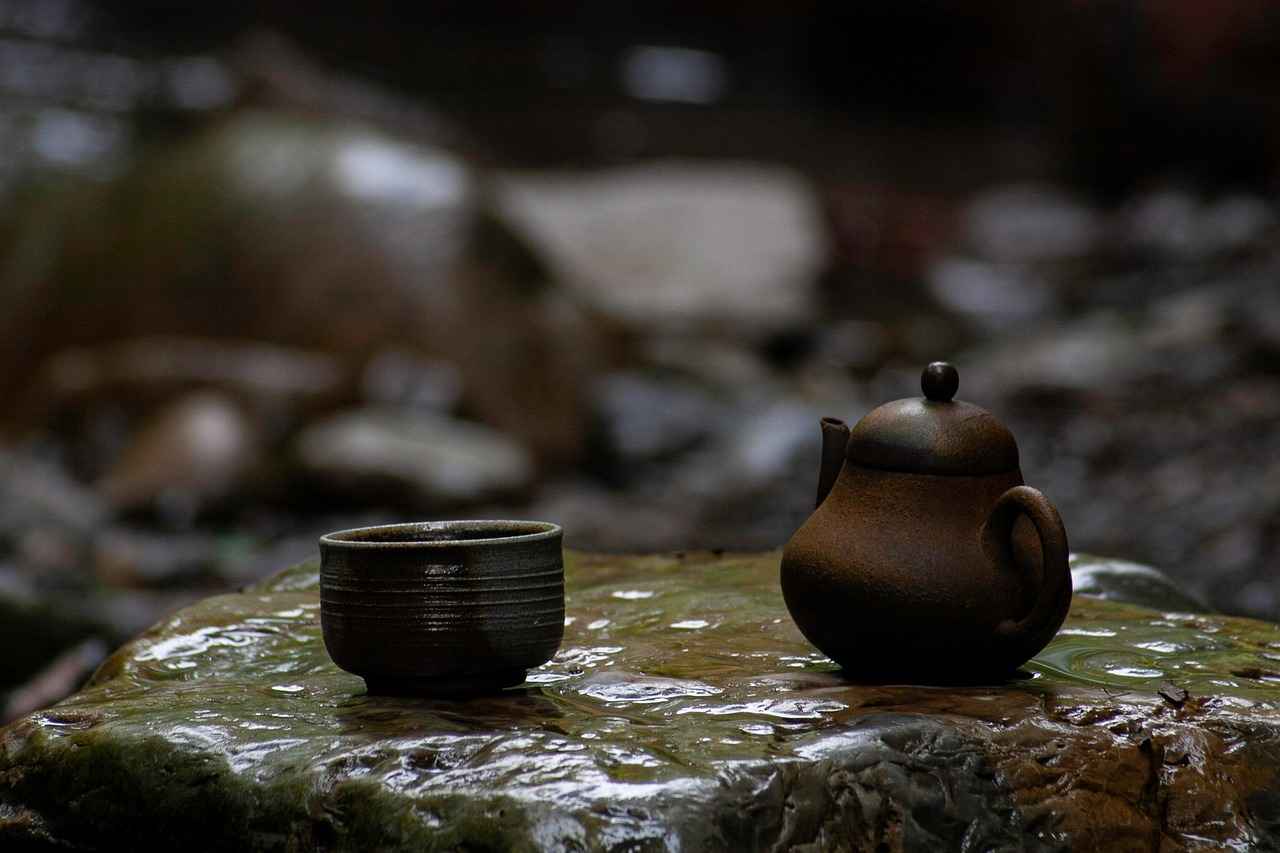
The Tea Culture of Darjeeling
is a vital aspect of the region’s identity, intertwining with its history, economy, and daily life. Renowned globally for its exquisite tea, Darjeeling’s tea gardens are not merely agricultural lands; they are a cultural treasure and a significant economic asset for the local community.
Darjeeling tea is often referred to as the “Champagne of teas” due to its unique flavor profile, which is influenced by the region’s high altitude, cool climate, and rich soil. The tea produced here is categorized into three main flushes:
- First Flush: Harvested in spring, this tea is light and fragrant, often with a floral aroma.
- Second Flush: Picked in summer, it has a more robust flavor with muscatel notes, making it highly sought after.
- Autumnal Flush: Collected in autumn, this tea has a mellow taste and is less commonly produced.
The tea gardens of Darjeeling, such as the famous Makaibari and Glenburn estates, offer visitors an immersive experience. Tourists can participate in tea tasting tours, where they learn about the intricate processes of tea production, from plucking the leaves to brewing the perfect cup. Guided walks through the verdant plantations provide insight into the sustainable practices employed by local farmers, ensuring that the rich biodiversity of the region is preserved.
Moreover, tea tourism has become a significant draw for visitors, contributing to the local economy while allowing tourists to appreciate the beauty of the rolling hills and lush greenery. Local tea festivals celebrate this heritage, showcasing not only the tea but also the cultural practices surrounding it, such as traditional dances and culinary delights.
In conclusion, the tea culture of Darjeeling is a harmonious blend of tradition, sustainability, and community spirit. It plays a crucial role in the region’s economy and continues to attract tea enthusiasts from around the world, solidifying Darjeeling’s reputation as a premier tea destination.
Types of Darjeeling Tea
are celebrated for their distinct flavors and aromas, which are a direct reflection of the unique climatic conditions and meticulous cultivation practices of the Darjeeling region. The tea produced here is often referred to as the “Champagne of Teas,” and it is categorized into three primary flushes: first flush, second flush, and autumnal flush.
The first flush tea is harvested in early spring, typically between March and April. This tea is known for its delicate and floral notes, often described as having a light, brisk flavor that captures the essence of fresh growth. The leaves are tender and green, providing a refreshing cup that is perfect for those who appreciate a subtle taste.
In contrast, the second flush is picked during the summer months, from May to June. This tea is characterized by its rich, full-bodied flavor and a muscatel aroma, which is a hallmark of Darjeeling’s finest offerings. The leaves are darker, and the infusion yields a more robust cup, often enjoyed by seasoned tea drinkers who favor a deeper taste.
The autumnal flush, harvested in late summer to early fall, offers a unique profile that combines elements of both the first and second flushes. This tea tends to have a more mellow flavor, with hints of fruitiness and a smooth finish, making it a delightful choice for those who enjoy a balanced cup.
| Type of Flush | Harvest Period | Flavor Profile |
|---|---|---|
| First Flush | March – April | Delicate, floral, light |
| Second Flush | May – June | Rich, muscatel, full-bodied |
| Autumnal Flush | September – October | Mellow, fruity, balanced |
Understanding these types of Darjeeling tea not only enhances your appreciation for this exquisite beverage but also highlights the region’s unique agricultural practices. Each flush reflects the careful attention to detail and the favorable growing conditions that make Darjeeling tea a globally sought-after commodity.
Tea Tourism
in Darjeeling is a captivating experience that attracts visitors from around the globe. The region is not only famous for its breathtaking landscapes but also for its rich tea culture, which has been cultivated over centuries. This article delves into the immersive experiences offered by the tea estates in Darjeeling, highlighting the unique opportunities available for tourists.
Visitors to Darjeeling can embark on tea tasting tours, where they can sample various types of Darjeeling tea, each with its distinct flavor profile. The tea estates, set against the backdrop of the stunning Himalayas, provide an ideal setting for these tastings. During these tours, knowledgeable guides share insights into the tea-making process, from the plucking of the leaves to the intricate brewing techniques that enhance the tea’s natural flavors.
In addition to tea tasting, the estates offer guided walks through the lush plantations. These walks allow visitors to immerse themselves in the serene environment, surrounded by rows of verdant tea bushes. As they stroll through the estates, tourists can learn about the various tea varieties produced in the region, such as the renowned first flush and second flush teas. The guides often share fascinating stories about the history of tea cultivation in Darjeeling and its significance to the local economy.
Moreover, many tea estates have facilities that cater to tourists, including quaint tea houses and shops where visitors can purchase freshly packed tea to take home. These experiences not only enhance the understanding of Darjeeling’s tea culture but also create lasting memories for visitors.
In conclusion, in Darjeeling offers an enriching experience that combines the beauty of the landscape with the rich cultural heritage of tea production. Whether you are a tea enthusiast or simply looking to explore the scenic beauty of the region, the tea estates of Darjeeling provide a unique opportunity to connect with nature and indulge in one of the finest teas in the world.
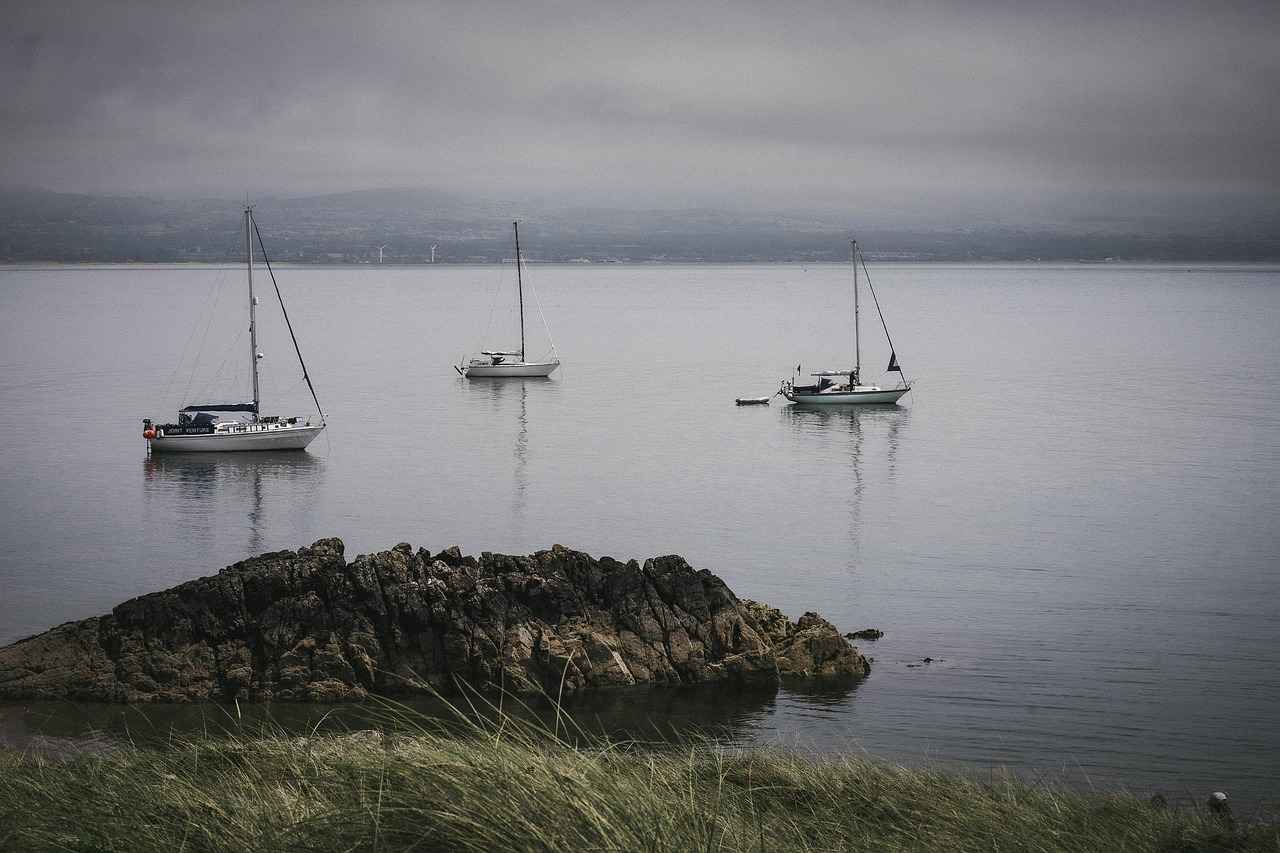
The Unique Flora and Fauna
The Unique Flora and Fauna of DarjeelingDarjeeling, often celebrated for its stunning landscapes, is equally renowned for its biodiversity. Nestled in the eastern Himalayas, this region is a sanctuary for a multitude of species, both flora and fauna, making it a prime destination for nature enthusiasts and wildlife lovers.
Among the most captivating aspects of Darjeeling’s biodiversity is its rich variety of plant life. The region is home to numerous species of rare orchids, which bloom in vibrant colors, attracting botanists and tourists alike. Additionally, the lush green hills are adorned with an array of medicinal plants, some of which are endemic to this region.
In terms of fauna, the elusive red panda stands out as one of Darjeeling’s most iconic residents. This charming creature, with its striking reddish-brown fur and playful demeanor, is often spotted in the forests of the Singalila National Park. The park is not only a haven for red pandas but also hosts a variety of other wildlife, including the Himalayan black bear, leopards, and numerous bird species.
Darjeeling’s unique ecosystems are further protected by several national parks and wildlife reserves. These areas play a crucial role in conservation efforts, ensuring the survival of both common and endangered species. For example, the Singalila National Park is a biodiversity hotspot, offering trekking routes that allow visitors to experience the region’s natural beauty while promoting eco-tourism.
Furthermore, conservation initiatives are vital for maintaining the ecological balance in Darjeeling. Local organizations work tirelessly to educate the community and visitors about the importance of protecting these natural habitats. By participating in responsible tourism, travelers can contribute to the preservation of Darjeeling’s rich biodiversity.
In conclusion, Darjeeling’s remarkable biodiversity, characterized by its rare flora and fauna, makes it a true paradise for nature lovers. As visitors explore this enchanting region, they not only witness its beauty but also become part of the ongoing efforts to protect its unique ecosystems.
National Parks and Reserves
play a crucial role in preserving the ecological integrity and biodiversity of regions like Darjeeling. Among these, Singalila National Park stands out as a gem, offering a sanctuary for a variety of flora and fauna, while also providing visitors with unique opportunities for wildlife observation and trekking.
Singalila National Park is renowned for its stunning landscapes, which include rolling hills, dense forests, and breathtaking views of the Himalayas. The park is home to numerous species, including the elusive red panda, which attracts wildlife enthusiasts and photographers from all over the world. The diverse ecosystems within the park support a wide range of wildlife, making it a vital area for conservation efforts.
The park offers well-marked trekking trails that cater to both novice and experienced trekkers. One of the most popular trails leads to the summit of Sandakphu, the highest point in West Bengal, which provides panoramic views of four of the world’s five highest peaks: Kangchenjunga, Everest, Lhotse, and Makalu. Trekking in this region not only allows adventurers to experience the natural beauty but also to connect with the local culture, as many trails pass through traditional villages.
In addition to trekking, Singalila National Park offers opportunities for birdwatching, with over 200 species recorded in the area. Birdwatchers can expect to see a variety of colorful birds, including the Himalayan Monal, the state bird of Himachal Pradesh, and numerous migratory species that visit the park during different seasons.
Conservation efforts in Singalila National Park are essential for maintaining its biodiversity. Local organizations and government initiatives focus on protecting the habitats of endangered species and promoting sustainable tourism practices. These efforts not only help preserve the park’s natural beauty but also support the livelihoods of local communities.
In conclusion, Singalila National Park is a treasure trove for nature lovers and adventure seekers alike. Its rich biodiversity, stunning landscapes, and cultural significance make it a must-visit destination for anyone traveling to the Darjeeling region.
Conservation Efforts
in Darjeeling are crucial for safeguarding the region’s unique ecosystems, which are home to a diverse array of flora and fauna. This picturesque hill station, nestled in the Himalayas, faces numerous environmental challenges that threaten its rich biodiversity. To address these issues, various initiatives are underway to promote sustainable practices and protect the natural heritage of Darjeeling.
One of the primary goals of conservation efforts in Darjeeling is to preserve biodiversity. The region is known for its endemic species, including rare orchids and the endangered red panda. To ensure their survival, local organizations and government bodies have established protected areas such as the Singalila National Park and the Neora Valley National Park, which provide safe habitats for these species.
Additionally, community engagement plays a vital role in these conservation initiatives. Local residents are encouraged to participate in eco-friendly tourism practices, which not only help in preserving the environment but also contribute to the local economy. By promoting responsible tourism, visitors can enjoy the breathtaking landscapes while minimizing their ecological footprint.
Furthermore, educational programs aimed at raising awareness about the importance of conservation are being implemented in schools and communities. These programs focus on the significance of maintaining ecological balance and the impact of climate change on Darjeeling’s ecosystems.
In conclusion, the efforts to preserve Darjeeling’s unique ecosystems are essential for maintaining its biodiversity and supporting sustainable tourism. By fostering a culture of conservation and encouraging community involvement, Darjeeling can continue to thrive as a haven for nature lovers while ensuring that its natural beauty is safeguarded for future generations.
| Conservation Initiatives | Description |
|---|---|
| Protected Areas | Establishment of national parks to safeguard habitats. |
| Community Engagement | Involving locals in eco-friendly tourism practices. |
| Educational Programs | Raising awareness about conservation and biodiversity. |
- Key Species: Endangered red panda, rare orchids
- Organizations Involved: Local NGOs, government bodies
- Tourism Impact: Promoting responsible tourism to protect ecosystems
Efforts to preserve Darjeeling's unique ecosystems are vital for maintaining its biodiversity and supporting sustainable tourism.
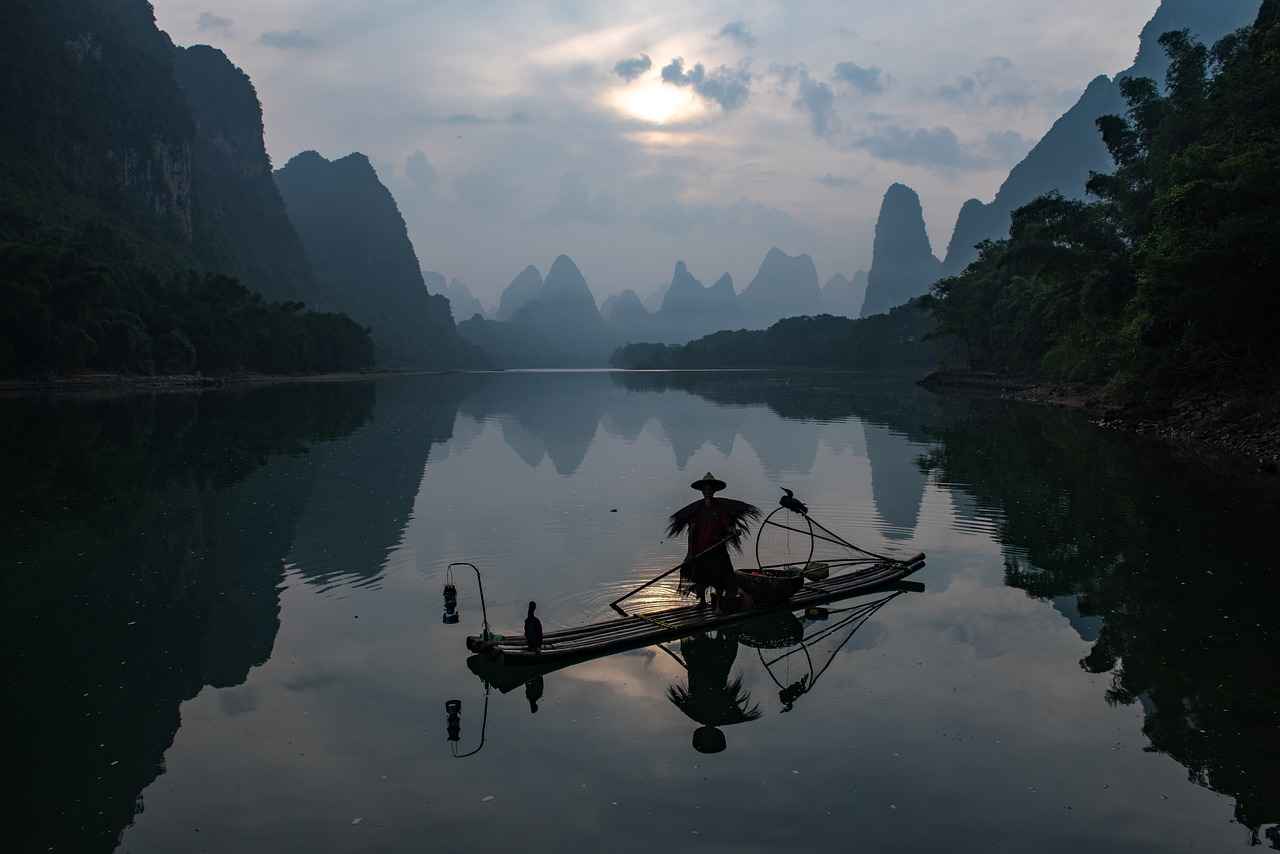
Cultural Diversity in Darjeeling
The cultural diversity of Darjeeling is a rich tapestry that reflects the region’s historical interactions among various ethnic groups, each adding their unique threads to the vibrant cultural fabric. This hill station, nestled in the Himalayas, is not just famous for its breathtaking landscapes but also for its dynamic traditions, colorful festivals, and mouthwatering culinary offerings.
Darjeeling is home to a multitude of ethnic communities, including the Gorkhas, Tibetans, Bengalis, and Bhutanese. Each group contributes to a unique cultural identity, creating a harmonious blend of languages, customs, and practices. The coexistence of these diverse communities is evident in the region’s festivals, which are celebrated with great enthusiasm.
| Festival | Description |
|---|---|
| Dashain | A major Hindu festival celebrated by the Gorkha community, symbolizing the victory of good over evil. |
| Tihar | Also known as the Festival of Lights, it honors animals and celebrates the bond between siblings. |
| Losar | The Tibetan New Year, marked by traditional dances, prayers, and feasting. |
In addition to festivals, the culinary scene in Darjeeling is a reflection of its cultural diversity. Traditional dishes like momos (dumplings), thukpa (noodle soup), and sel roti (rice-based doughnut) are popular among locals and tourists alike. The fusion of flavors from different cultures tantalizes the taste buds and showcases the region’s rich culinary heritage.
Moreover, the art and craft of Darjeeling, including handwoven textiles and traditional handicrafts, provide insights into the skills and creativity of its people. Local markets brim with unique products that tell stories of the artisans and their cultural backgrounds.
In conclusion, the cultural diversity of Darjeeling is not merely a feature of the region; it is a living, breathing entity that enriches the lives of its inhabitants and visitors alike. The vibrant traditions, festive celebrations, and delicious cuisine create an inviting atmosphere that captivates all who visit.
Festivals and Celebrations
in Darjeeling are a vibrant reflection of the region’s rich cultural heritage. Among the most celebrated are Dashain and Tihar, which not only bring together families and communities but also showcase the unique traditions that define this beautiful hill station.
During Dashain, which is one of the most significant festivals for the Nepali community, families reunite to honor their ancestors and seek blessings for prosperity and health. The festival lasts for 15 days and is marked by rituals, prayers, and the exchange of gifts. Traditional music fills the air as people engage in lively dance forms such as Dhime Jatra and Maruni, celebrating the triumph of good over evil.
Tihar, also known as the festival of lights, follows Dashain and lasts for five days. Each day is dedicated to honoring different animals, such as crows, dogs, and cows, reflecting the deep respect for nature in local culture. On the final day, families illuminate their homes with oil lamps and colorful decorations, creating a stunning visual spectacle. The sound of laughter and music resonates through the streets as people come together to celebrate with feasts that include traditional dishes like sel roti and momo.
| Festival | Significance | Key Activities |
|---|---|---|
| Dashain | Celebration of victory of good over evil | Family gatherings, rituals, traditional dances |
| Tihar | Festival of lights and honoring animals | Lighting oil lamps, feasting, community gatherings |
These festivals not only highlight the cultural richness of Darjeeling but also serve as a reminder of the community’s strong ties and shared values. Visitors to Darjeeling during these festive seasons are treated to an immersive experience, filled with color, joy, and a sense of unity that is truly captivating.
Culinary Delights
Darjeeling’s cuisine is a delightful reflection of its rich cultural tapestry, merging a variety of culinary traditions that have evolved over centuries. The region is a melting pot of flavors, with significant influences from Nepali, Tibetan, and Bengali cultures, which come together to create a unique gastronomic experience that captivates both locals and visitors alike.
One of the most iconic dishes in Darjeeling is momos, a type of dumpling that has gained immense popularity. These steamed or fried dumplings are typically filled with vegetables or meat, showcasing Tibetan culinary influence. Accompanied by a spicy dipping sauce, momos are a must-try for anyone visiting the region.
Additionally, the Nepali dish known as dal bhat is a staple in the local diet. This hearty meal consists of lentil soup (dal) served with rice (bhat) and is often accompanied by a variety of side dishes, including pickles and vegetables. The simplicity of this dish belies its rich flavor and nutritional value.
The Bengali influence is also evident in the local cuisine, particularly in the use of spices and seafood. Fish curry, or maachher jhol, is a popular dish that features fresh fish cooked in a flavorful gravy, often served with steamed rice. The aromatic spices used in Bengali cooking add depth and character to the dishes.
Furthermore, a visit to Darjeeling would be incomplete without sampling chai, the famous Indian tea. Darjeeling tea, known for its delicate flavor and aroma, is often enjoyed with milk and sugar, making it a comforting beverage that complements the region’s culinary offerings.
In summary, the culinary delights of Darjeeling are a testament to its cultural diversity. The harmonious blend of Nepali, Tibetan, and Bengali flavors not only tantalizes the taste buds but also offers a glimpse into the rich heritage of this enchanting hill station.
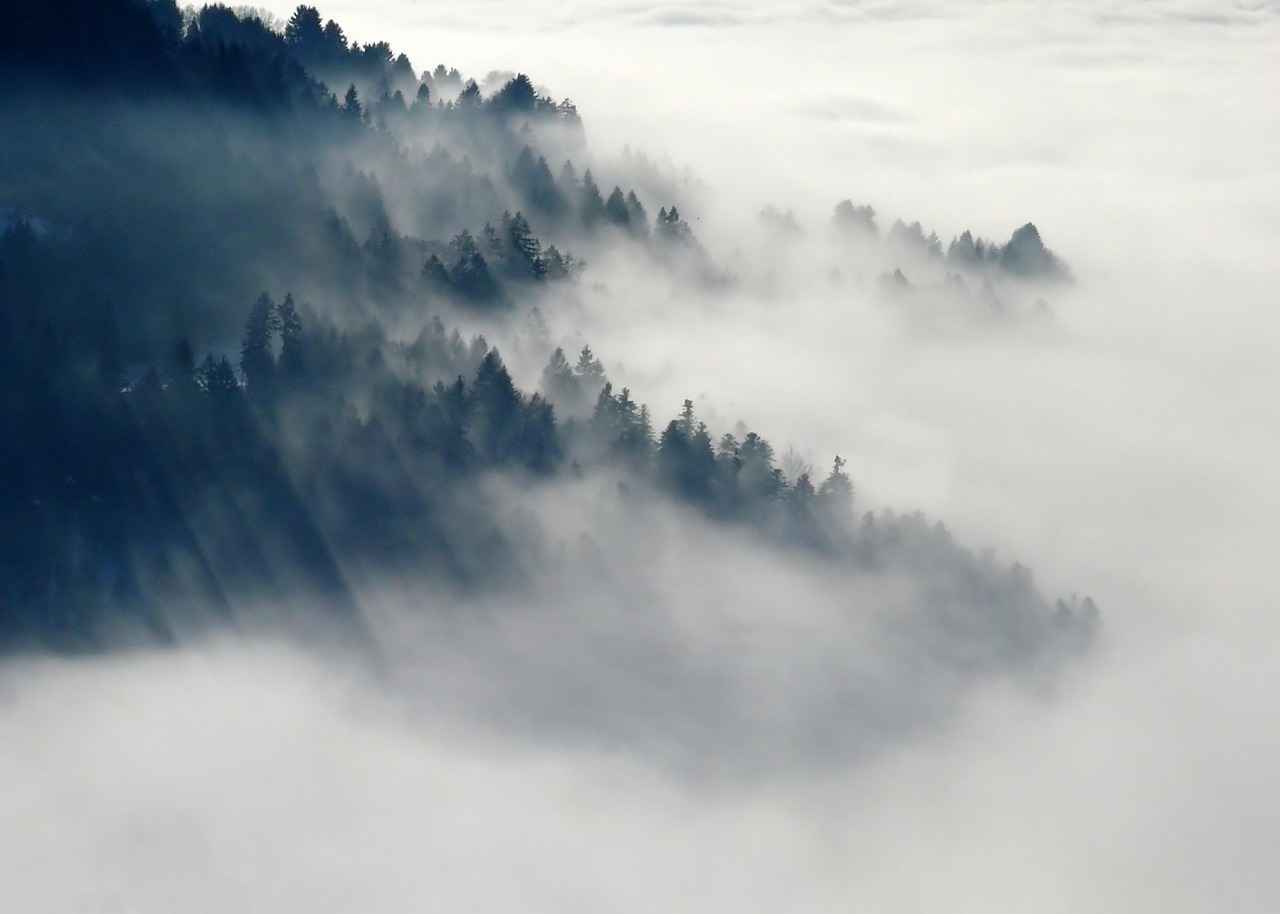
Adventure Activities in Darjeeling
For those who thrive on adventure, the stunning hill station of Darjeeling is a treasure trove of exhilarating activities. Nestled in the lap of the Himalayas, this picturesque destination is not just famous for its tea and breathtaking views; it also offers a plethora of options for outdoor enthusiasts. From trekking through lush green hills to soaring through the skies, Darjeeling promises an unforgettable experience.
- Trekking Adventures: The region is home to numerous trekking trails that cater to all skill levels. The Sandakphu trek is particularly popular, offering trekkers a chance to witness the majestic peaks of Kanchenjunga and Everest. The journey through dense forests and vibrant rhododendron blooms makes for a truly enchanting experience.
- Mountain Biking: For those seeking a rush, mountain biking through the rugged terrains of Darjeeling is an exhilarating option. Trails winding through tea plantations and scenic viewpoints provide both challenge and beauty, making it a favorite among cycling enthusiasts.
- Paragliding: Experience the thrill of flying as you paraglide over the stunning landscapes of Darjeeling. With professional instructors available, both beginners and seasoned flyers can enjoy breathtaking aerial views of the hills and valleys below.
- Rock Climbing: The rocky terrains around Darjeeling offer great opportunities for rock climbing. Local guides are available to help climbers navigate various routes, ensuring safety while providing an adrenaline-pumping experience.
- River Rafting: For those who love water sports, river rafting in the nearby Teesta River is an exciting option. The rapids range from mild to wild, making it suitable for both novices and experienced rafters.
In conclusion, Darjeeling is not just a haven for nature lovers but also a paradise for adventure seekers. With its diverse range of activities, it ensures that every visitor leaves with unforgettable memories of their thrilling experiences amidst the majestic Himalayas.
Trekking Trails
in Darjeeling offer an unforgettable adventure for nature lovers and thrill-seekers alike. With its breathtaking landscapes and majestic views of the Himalayas, the region is a paradise for trekkers. Among the most popular routes is the Sandakphu trek, which stands out for its stunning vistas and challenging terrain.
The Sandakphu trek, often referred to as the “Roof of West Bengal,” takes trekkers to an altitude of 3,636 meters. This trek not only rewards adventurers with panoramic views of the world’s highest peaks, including Mount Everest and Kangchenjunga, but also immerses them in the rich biodiversity of the Singalila National Park. The park is home to a variety of flora and fauna, including rare species like the red panda.
Trekkers can expect to traverse through lush forests, vibrant rhododendron blooms, and quaint villages that offer a glimpse into the local culture. The trek typically spans over a period of 6 to 8 days, allowing ample time to soak in the breathtaking scenery and experience the unique lifestyle of the people living in the hills.
- Best Time to Trek: The ideal months for trekking in Darjeeling are March to May and September to November, when the weather is pleasant and the skies are clear.
- Trekking Difficulty: The Sandakphu trek is considered moderate to challenging, making it suitable for both novice and experienced trekkers.
- Essential Gear: Proper trekking gear, including sturdy boots, warm clothing, and a good backpack, is essential for a safe and enjoyable experience.
In addition to the Sandakphu trek, Darjeeling offers numerous other trails, such as the Ghoom to Sandakphu route and the Phalut trek, each providing unique experiences and spectacular views. Whether you are a seasoned trekker or a casual hiker, the trekking trails of Darjeeling promise an exhilarating journey through one of nature’s most beautiful landscapes.
In conclusion, the trekking trails around Darjeeling, particularly the Sandakphu trek, offer not only stunning views of the Himalayas but also an exhilarating experience that connects trekkers with nature and local culture. This makes Darjeeling a must-visit destination for adventure enthusiasts.
Paragliding Experiences
Paragliding in Darjeeling is an exhilarating adventure that offers a breathtaking view of the majestic Himalayas and the lush green hills surrounding this beautiful hill station. As you take off from the high-altitude launch sites, you are greeted with a panorama that is nothing short of spectacular. The experience of soaring through the sky, feeling the cool mountain breeze against your face, is a thrill that every adventure seeker should embrace.
The paragliding experience in Darjeeling is not just about the adrenaline rush; it’s also about the stunning vistas that unfold beneath you. As you glide gracefully above the hills, you can witness the sprawling tea gardens, dense forests, and quaint villages dotting the landscape. This unique vantage point allows you to appreciate the natural beauty of the region in a way that few other activities can offer.
For those interested in trying paragliding, several licensed operators provide tandem flights, making it accessible even for beginners. The experienced pilots guide you through the entire process, ensuring safety and enjoyment. Before you take off, you will receive a brief training session, covering essential safety protocols and flight techniques.
During your flight, you may also encounter other paragliders, creating a vibrant scene in the sky. The views of the Kanchenjunga mountain range are particularly breathtaking, especially during sunrise and sunset when the peaks are bathed in golden light. This makes paragliding not only an adventure but also a perfect opportunity for photography enthusiasts.
In conclusion, paragliding in Darjeeling is an unforgettable experience that combines adventure, beauty, and the thrill of flight. Whether you are an experienced flyer or a first-timer, this activity offers a unique way to explore the stunning landscapes of Darjeeling, making it a must-do for anyone visiting this enchanting hill station.
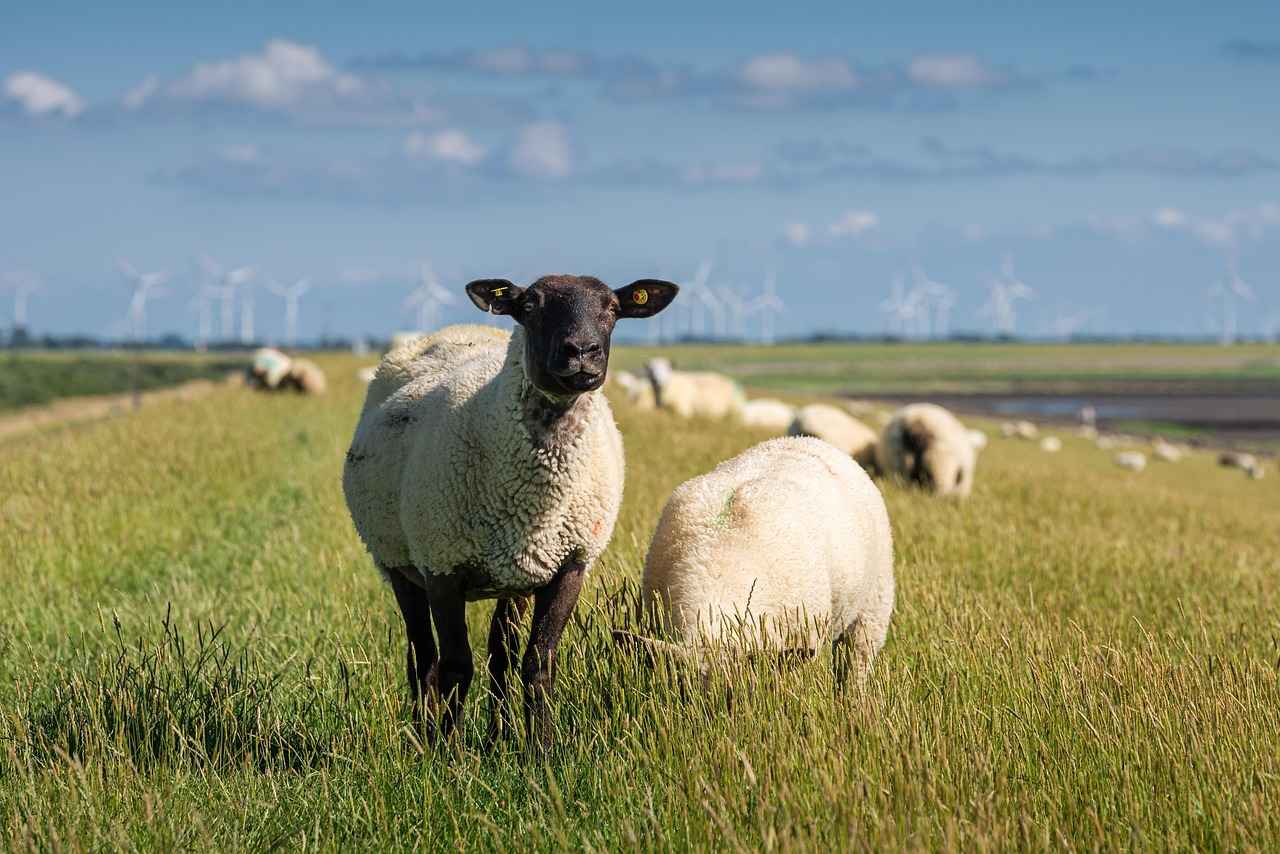
Conclusion: Darjeeling’s Timeless Charm
Darjeeling, often referred to as the Queen of the Hills, is a mesmerizing hill station nestled in the eastern Himalayas of India. Its unique blend of natural beauty, rich cultural heritage, and historical significance creates an enchanting atmosphere that continues to attract visitors from around the globe.
The breathtaking scenery of Darjeeling, characterized by rolling tea gardens and stunning views of the Himalayan mountain range, makes it a paradise for nature lovers and photographers. The charm of the region is enhanced by its diverse flora and fauna, which thrive in the unique climatic conditions.
Darjeeling’s rich history adds depth to its allure. Originally a small settlement, it evolved into a prominent hill station during the British colonial era. This period saw the establishment of numerous infrastructures, including the famous Darjeeling Himalayan Railway, which is now a UNESCO World Heritage Site. The colonial architecture, with its charming bungalows and churches, stands as a testament to its historical significance.
In addition to its history, the tea culture of Darjeeling is world-renowned. The region is famous for its distinctive Darjeeling tea, often referred to as the “Champagne of teas.” The tea estates not only contribute to the local economy but also offer visitors a chance to engage in tea tourism, where they can enjoy guided tours and tastings amidst the lush plantations.
Moreover, the cultural diversity of Darjeeling enriches its identity. The mix of ethnic communities, including the Nepali, Tibetan, and Bengali, brings a vibrant tapestry of traditions, festivals, and culinary delights. Visitors can immerse themselves in local celebrations, such as Dashain and Tihar, which showcase traditional music, dance, and cuisine.
For adventure enthusiasts, Darjeeling offers a plethora of activities, from trekking in the stunning Himalayan foothills to paragliding for breathtaking aerial views of the landscape. The region’s diverse terrain provides ample opportunities for outdoor exploration.
In conclusion, Darjeeling’s blend of natural beauty, rich history, and cultural diversity continues to captivate visitors, solidifying its reputation as the Queen of the Hills and a must-visit destination in India. Whether you’re seeking tranquility in nature, a glimpse into history, or an adventure-filled getaway, Darjeeling has something to offer everyone.
Frequently Asked Questions
- What makes Darjeeling known as the Queen of the Hills?
Darjeeling is often referred to as the Queen of the Hills due to its stunning landscapes, rich history, and vibrant culture. The breathtaking views of the Himalayas, lush tea gardens, and colonial architecture create an enchanting atmosphere that captivates visitors.
- What types of tea are produced in Darjeeling?
Darjeeling is famous for its unique tea varieties, primarily categorized into three flushes: first flush, second flush, and autumnal. Each type has distinct flavors and aromas, reflecting the region’s diverse climatic conditions and cultivation practices.
- Are there adventure activities available in Darjeeling?
Absolutely! Darjeeling is a haven for adventure enthusiasts, offering activities like trekking, mountain biking, and paragliding. The breathtaking trekking routes, such as the Sandakphu trek, provide exhilarating experiences and stunning views of the surrounding mountains.
- What cultural festivals can I experience in Darjeeling?
Visitors to Darjeeling can immerse themselves in vibrant local festivals like Dashain and Tihar. These celebrations showcase traditional music, dance, and culinary delights, reflecting the rich cultural heritage of the region.
- How can I explore the tea gardens in Darjeeling?
Many tea estates in Darjeeling offer guided tours, allowing visitors to explore the lush plantations, learn about tea production, and enjoy tea tasting sessions. It’s a great way to connect with the local culture and enjoy the serene beauty of the gardens.
